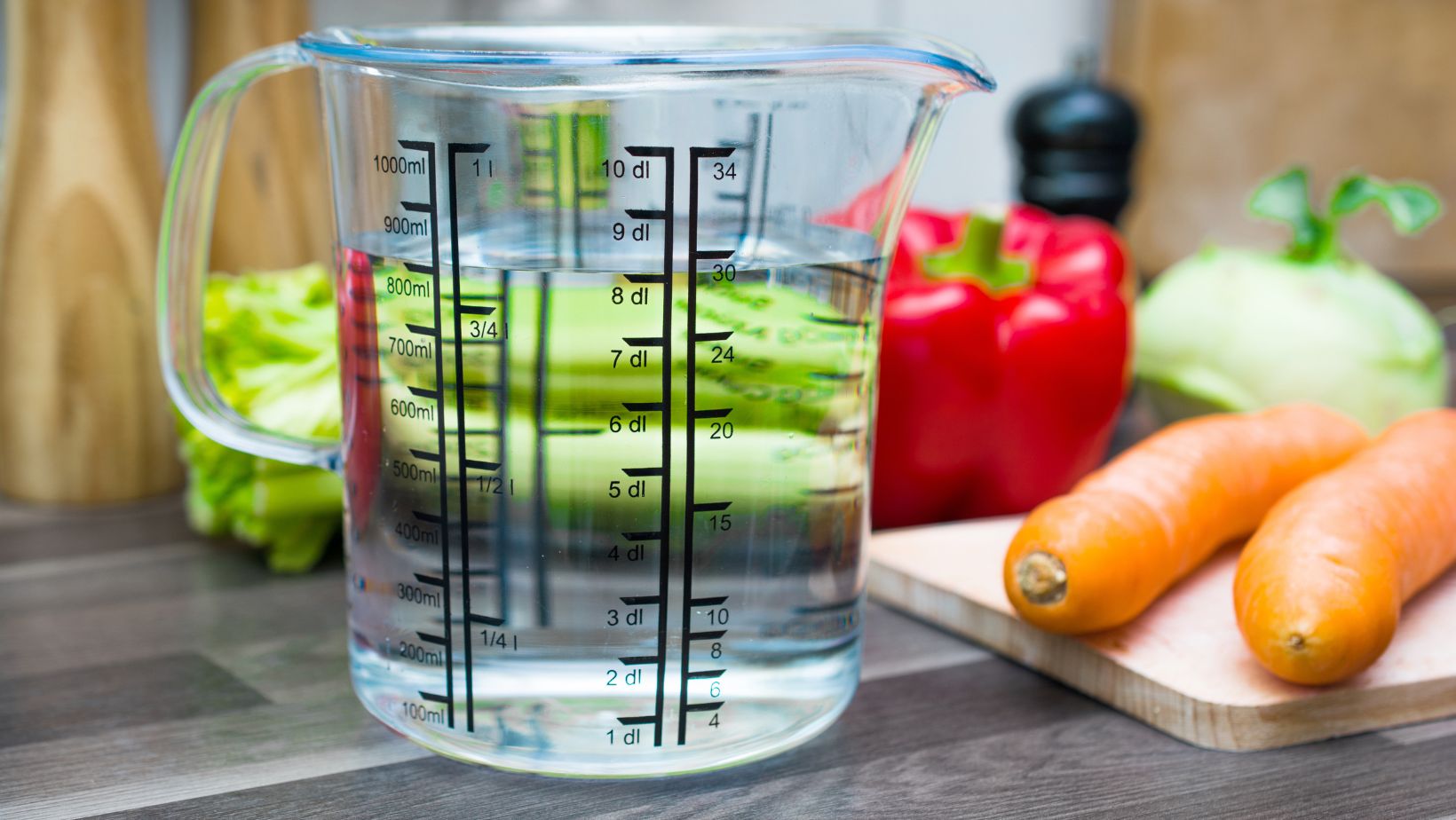How Many Drops Are in a 10 ml Bottle -The Complete Guide

How Many Drops Are in a 10 ml Bottle
Wondering how many drops are in a 10 ml bottle? Well, I’ve got the answer for you. When it comes to determining the number of drops in a 10 ml bottle, it can vary depending on factors such as viscosity and dropper size. However, as a general rule of thumb, there are approximately 200-250 drops in a 10 ml bottle.
Now, keep in mind that this estimate is not an exact science. Different liquids have different viscosities, which can affect the size and volume of each drop. Additionally, droppers come in various sizes, so the number of drops may differ based on the specific dropper being used.
If you need precise measurements or dosages for your liquid medication or essential oils, it’s always recommended to consult with your healthcare provider or refer to the product’s packaging for accurate instructions.
Calculating the Number of Drops in a 10 ml Bottle
When it comes to determining how many drops are in a 10 ml bottle, there are several factors to consider. The size of the dropper and the viscosity of the liquid being dispensed can affect the number of drops per millilitre. However, as a general guideline, we can estimate an average range for your reference.
On average, a standard dropper delivers around 20 drops per millilitre. Based on this approximation, we can calculate that a 10 ml bottle would contain approximately 200 drops. Keep in mind that this is just an estimate and may vary depending on various factors such as the consistency of the liquid and the type of dropper used.
It’s important to note that different products may have varying drop sizes. For example, essential oils or medications might require specialised droppers with smaller or larger openings, resulting in fewer or more drops per millilitre respectively.

Alternative Methods to Measure Drops
When it comes to measuring drops, there are a few alternative methods that can be used if you don’t have access to a dropper or if you’re in need of a more precise measurement. While these methods may not be as accurate as using a dropper, they can still provide a rough estimate of the number of drops in a 10 ml bottle.
- Using an Eye Dropper: If you don’t have the original dropper that came with your bottle, you can use an eyedropper as an alternative. Make sure it’s clean and sterilised before using. Simply fill the eye dropper with water or any liquid similar in viscosity to what you’ll be using, count the number of drops it releases in one squeeze, and then apply the same technique to your 10 ml bottle.
- Using a Pipette: Another option is to use a pipette, which is commonly used in laboratories for precise measurements. Fill the pipette with your liquid and slowly release one drop at a time into a container until you’ve reached your desired number of drops. Keep track of how many times you squeezed the pipette bulb so that you can replicate this process with your 10 ml bottle.
- Conversion Factors: If you’re interested in knowing approximately how many drops are in a given volume, there are some general conversion factors that may help. On average, there are about 20 drops per millilitre (ml). Therefore, based on this estimation, there would be roughly 200 drops in a 10 ml bottle.
Remember that these alternative methods should only be used when accuracy is not critical or when no other options are available. For precise dosing or when dealing with potent substances, it’s always best to rely on calibrated equipment like droppers or syringes specifically designed for accurate measurements.



